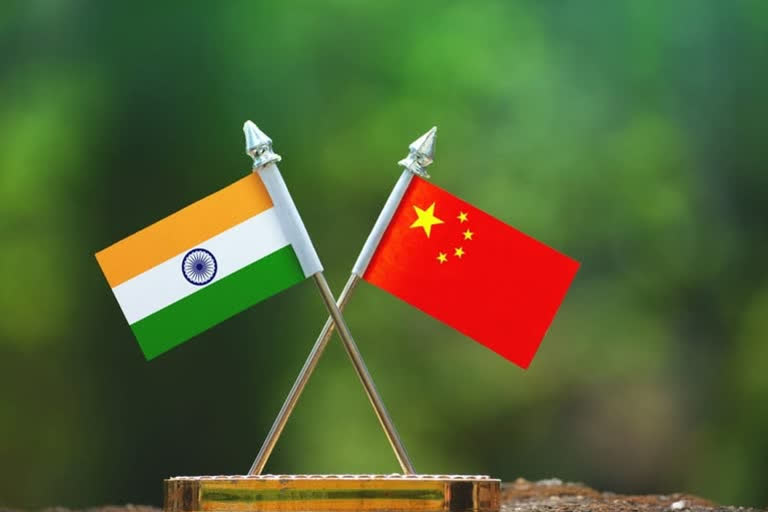New Delhi: India on Tuesday imposed anti-dumping duty on certain steel products coming in from China, Vietnam and Korea for five years. The decision was on expected lines following the death of 20 Indian soldiers in a violent clash with Chinese PLA in the Galwan Valley this month. However, it was an outcome of nearly a year-long investigation by Indian authorities which was initiated in July last year much before the hostilities broke in May this year. Trade experts say a better method will be to use non-tariff barriers against China to curb the Chinese imports, a trade manipulation tactic frequently used by the Chinese themselves.
“The provision to impose anti-dumping duty exists under the WTO rule but the nodal investigating agency must receive a valid and verifiable complaint from an affected company or the industry to initiate the enquiry,” said former commerce secretary Ajay Dua.
Delhi based development economist and former bureaucrat says it’s a long-drawn and time-consuming process as every country will have to follow the method prescribed by the World Trade Organisation.
ALSO READ: China blames India for border clash, urges stability
“It’s a completely transparent process and you will have to summon the exporting country, hear its views and then pass an order,” Ajay Dua told ETV Bharat. “There cannot be an ex parte order in such cases.”
Another trade expert, who declined to be named, says a minimum of two months’ time will be required to complete even a preliminary investigation in an anti-dumping case.
“It can be done on the basis of industry complaint or the government can initiate an enquiry on its own. A suo-moto investigation,” the trade expert told ETV Bharat.
“For example, if we started an investigation on June 15 then the first-order could not be passed before August 15,” he said while requesting not to be named.
In India, Directorate General of Trade Remedies (DGTR), under the Ministry of Commerce is the nodal agency to receive and investigate the matter related to anti-dumping duties. Tuesday’s order was passed by the revenue department after an enquiry conducted by the DGTR.
Non tariff barriers to be more effective
According to trade experts, a better way for India is to use the same tactics which have been frequently used by Chinese authorities - to deploy a host of tools known as non-tariff barriers.
“We can use a tariff wall but that is open to challenge at the WTO. Non-tariff barriers are much more effective than the tariff barriers,” said the former secretary in the ministry of commerce and industries.
